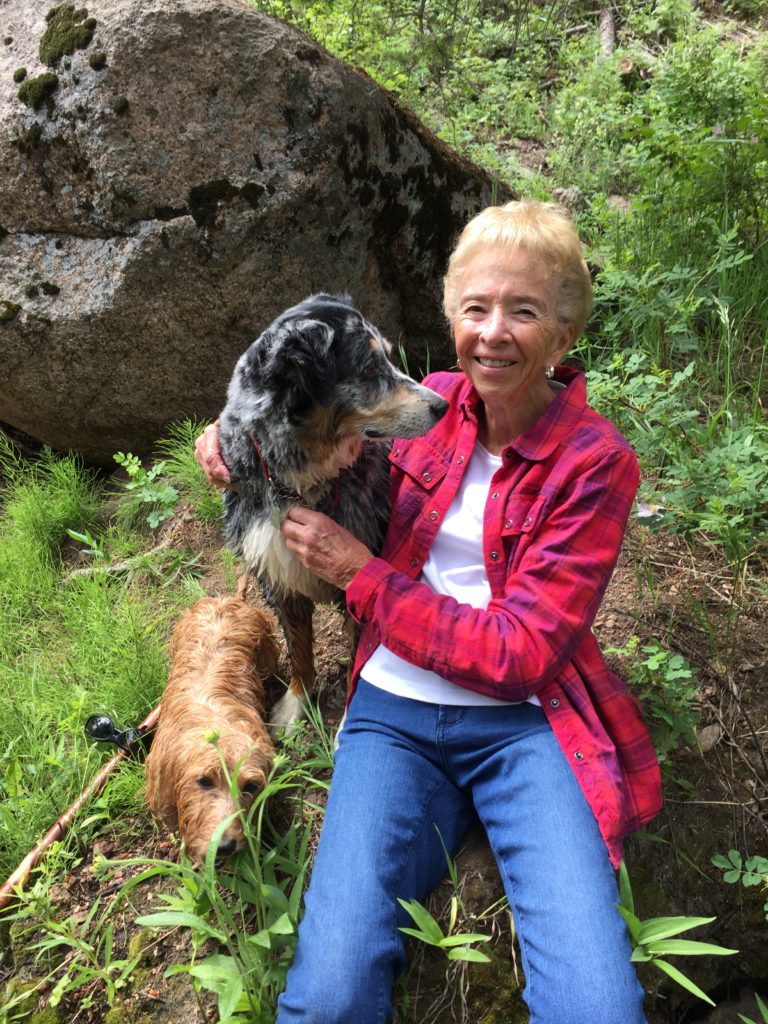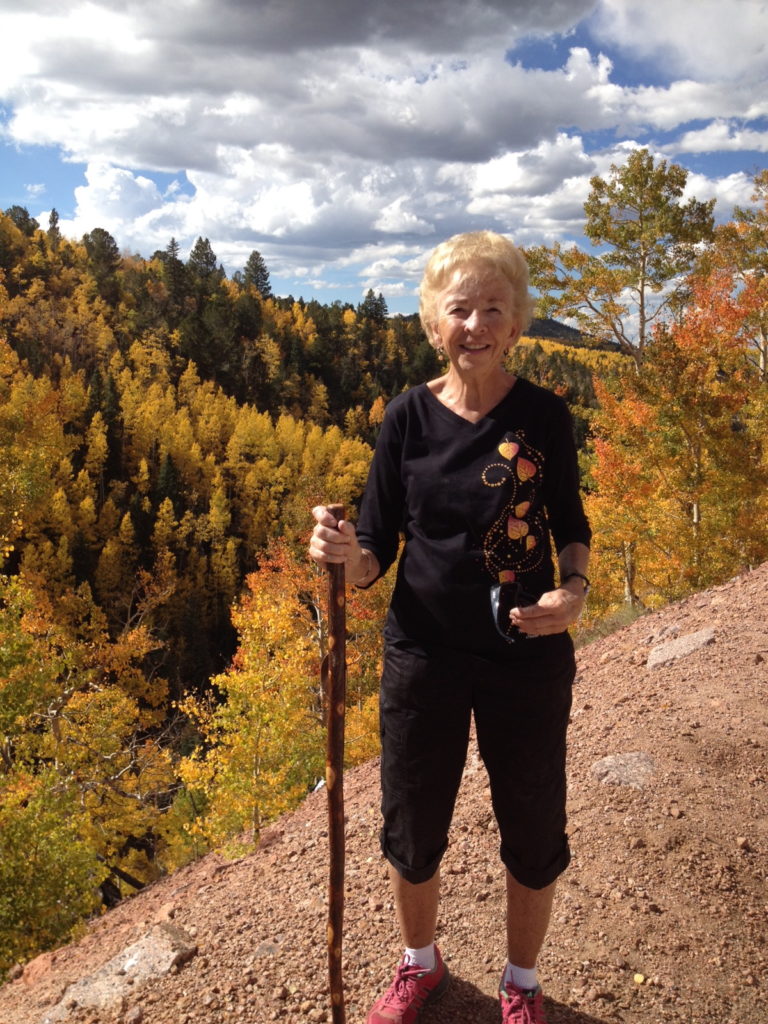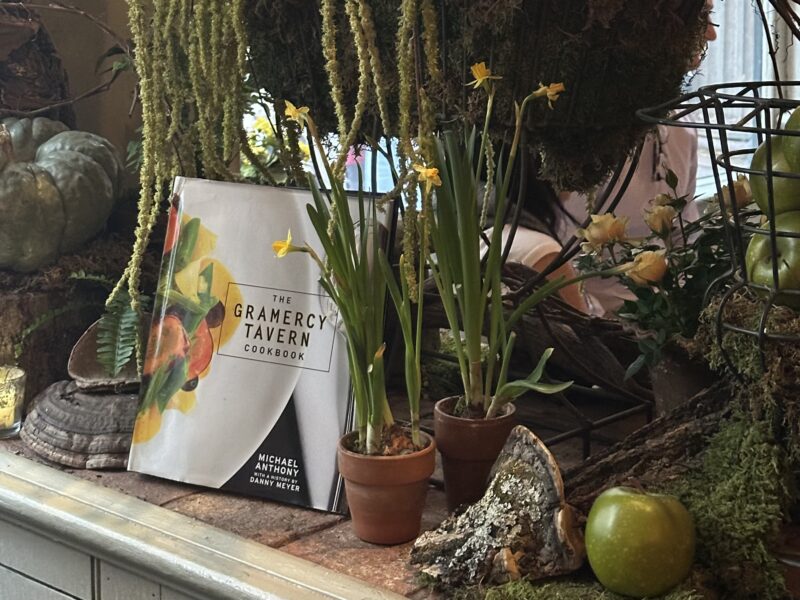
[HALEY JORDAN | THE CROW’S NEST]
She will not, however, enter this small window-clad, cafe-esque shop downtown, in Colorado Springs, the city she’s lived in her entire life.
“I’ll stay in the car,” Whigham said to her daughter, Sharlyn Jordan.
“No, you are going inside,” Jordan said. Whigham continued to refuse as her daughter led her toward a sign that read “Maggie’s Farm, Premium Sun-Grown MJ.” The initials stand for marijuana and Whigham is about to enter a recreational dispensary for the first time.
Whigham had never been exposed to marijuana, legally or otherwise. Her father promised that if she waited to drink until she was 21, he would give her $500, a sizable sum in 1957. She was married for five years before she even had her first sip of alcohol.
Today, there are 996 stores in Colorado that sell marijuana and countless other facilities in charge of cultivation, manufacturing and testing.
There are more marijuana dispensaries in Colorado than there are McDonald’s.
The National Survey on Drug Use and Health reported that in 2012 and 2013, about 530,000 people in Colorado used marijuana at least once a month.
Whigham has suffered from arthritis for 15 years and found little relief in the dozens of over-the-counter and prescription medications she’s tried. She was unable to move the thumb on her right hand for three years before trying a marijuana-infused hand cream from a dispensary. She agreed to try it after her family convinced her.
“I’ve never smoked anything,” Whigham said after Jordan initially proposed the idea. Jordan explained that the oil found in marijuana can be infused into food.
Whigham tried the hand cream on the car ride back from their first trip to the dispensary and was once again moving her thumb, mere seconds after applying the cream. Both Whigham and Jordan were in disbelief at how quickly her pain disappeared.
Whigham kissed her thumb zealously and danced in the kitchen of her townhouse upon arrival. Despite having had such astounding success, Whigham did not use the hand cream again.
“I think Mom was worried about what people would think,” Jordan said. “She hid the hand cream in her pantry.”
A few months later, Whigham agreed to enter a dispensary in an attempt to become more comfortable with the idea of using medical marijuana. Jordan drove her to Maggie’s Farm.

[HALEY JORDAN | THE CROW’S NEST]
Looking around, Whigham put on her sunglasses.
“She’s doing that so nobody will recognize her,” Jordan said.
Whigham smiled, “No habla ingles.”
After a few minutes, Whigham and Jordan entered a much smaller room with only two employees. A display counter showcased a dozen brands of edibles. Jordan told an employee, who fondly referred to himself as a “bud tender,” about Whigham’s arthritis.
Whigham started to warm up to the interaction until an employee startled her with a yell at the adjacent counter.
“Sixty seven! Sixty eight! Come on guys, let’s buy some weed!” the man yelled, ushering in the next customers.
“She’ll take the caramels,” Jordan said with haste.
The man handed Jordan a receipt. She and Whigham walked down a rustic hallway into another room to check out.
“My initial thoughts were ‘my goodness, look at the traffic in this place,’ ” Whigham said. “Makes you wonder what all those people are doing with it, if they’re addicted.”
“It’s not an addictive drug, Mom,” Jordan said. “You can’t build a chemical dependence on it.”
“Would my doctor turn us in?” Whigham asked.
“No, it’s perfectly legal,” Jordan said. “It’s helped a lot of people with chronic conditions like Parkinson’s and epilepsy. A lot of families move here and other places where it’s legal. They call them ‘medical marijuana refugees.’ ” Jordan said she also supports adults in the use of marijuana for pain relief over the use of prescription drugs.
Whigham didn’t like the caramels.
She said she “slept too well” and has not entered a dispensary since. Jordan credits this to a mixture of remaining stigmas and stereotypes that accompany the drug. Despite this, she hopes her mom will continue to use the hand cream.
Americans over 65 make up 14 percent of the population while accounting for more than 30 percent of all prescription drug use. The National Survey on Drug Use and Health reported that from 2002 to 2014, marijuana use in people between the ages of 55 and 64 increased by 455 percent, while increasing by 333 percent in those over the age of 65.
“I think that it’s unfortunate that there’s such a stigma for marijuana,” Jordan said. “And that there’s not a stigma around opioids, although they’re now considered a national epidemic. Because of this stigma, and because the federal government has yet to legalize it, people won’t use it, and it’s a more natural and a more affordable form of relief for a lot of medical conditions.”



